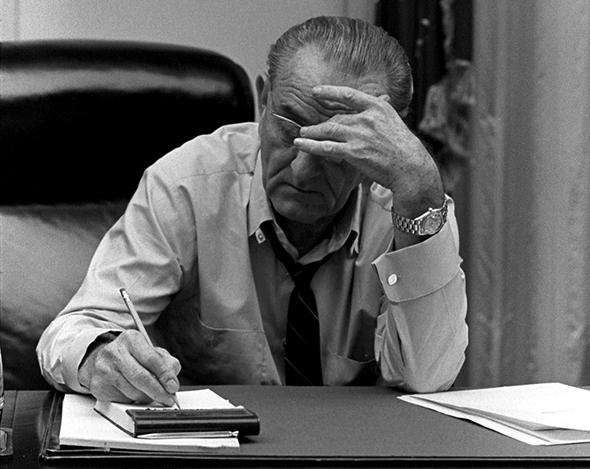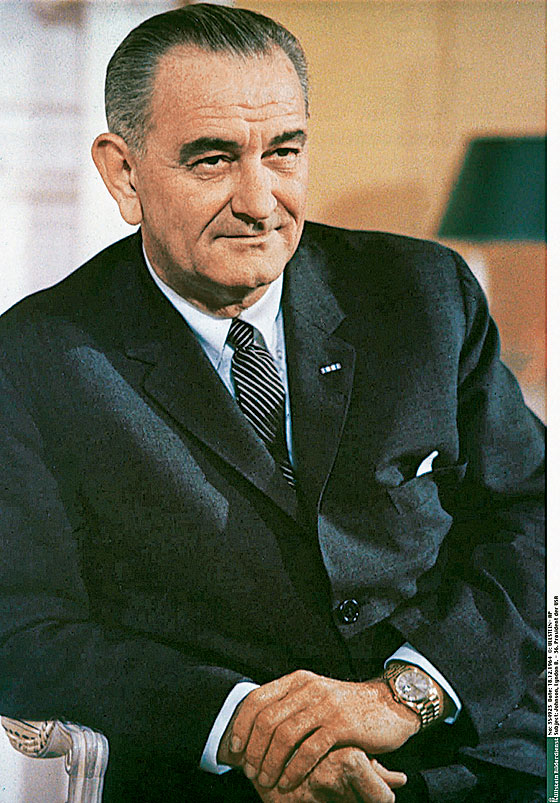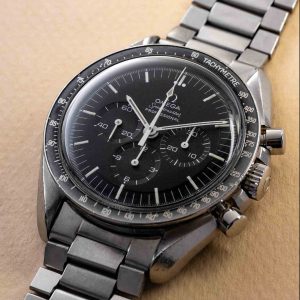Why the world is looking for Rolex

Rolex is a brand you can love or hate. But there is little in between. Fascinatingly, you pretty much have to position yourself somewhere in relation to Rolex.
By Thomas van Straaten on 30 June 2020
Named by Forbes as number 78 of the 100 most valuable brands of 2019: Rolex. And do you know how many other watchmakers are on that list? Just one. And it is more of a jewelry house than a watchmaker: Cartier.
Rolex is a brand you can love or hate. But there is little in between. Fascinatingly, you pretty much have to position yourself somewhere in relation to Rolex. Nearly all of our first-time buyers feel obliged to either declare their love for the brand or the fact that they are looking for anything but Rolex. No other watch brand comes even close to having such a prominent position in people’s awareness.
If you are new to the watch game, you may be wondering what all the fuss is about. Why does it seem like the whole world is after these watches? Are they different from the competitors in any meaningful way? In this article, we explain. Of course, this is just our opinion and we would advise to always buy for your own motivations, not ours.
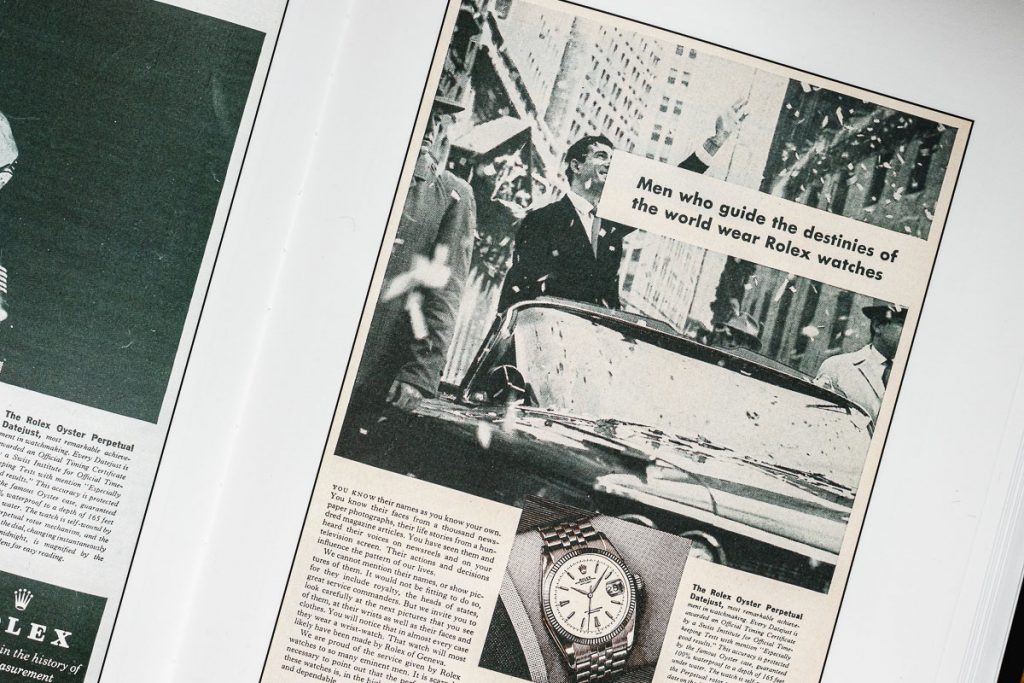
Old Advertisement by Rolex: “Men who guide the destinies of the world wear Rolex watches.”
Independent with heritage
Rolex was founded in 1905, although at that time it was still named Wilsdorf and Davis. While that is definitely old for a business, it is mid-tier for watch houses. Rolex did manage to accumulate a massive list of innovations and firsts during its lifetime:
- First to earn chronometer certification in 1910
- First to use the now-standard rotor to create a self-winding movement in 1931
- First to build an automatically changing date complication in 1945 (Datejust)
- First to build a case that was waterproof to 100 meters in 1953 (Submariner)
- First to build an automatically changing day and date complication in 1956 (Day-Date)
Furthermore, while most houses have succumbed to the lure of the large luxury groups (Swatch group, LVMH, Richemont, Kering, and more) Rolex has been independent and free to go its own route since its conception.
Consistent, maybe even conservative
Rolex is probably the single most consistent brand out there. You would be right to call them conservative. They rarely ever launch a new line of watches. Most models have been in production for decades, only being updated by the slightest margins whenever it is truly necessary. No daring experimental models here. No fashionable color schemes (ok, there are a couple sidesteps with leopard prints and rainbow gemstones). Just a steady stream of watches that have been developed to perfection.
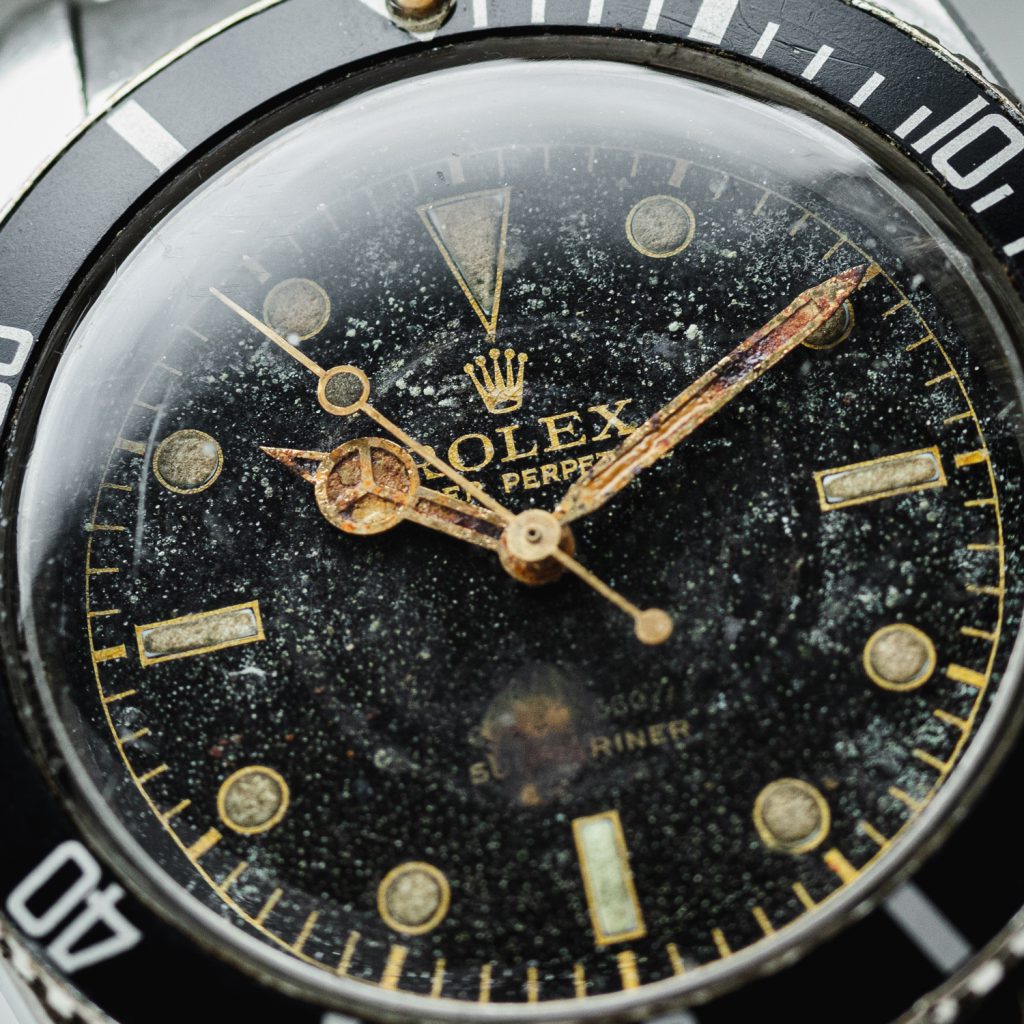
Rolex Submariner ‘Big Crown’
Ref. 6538 (1958)
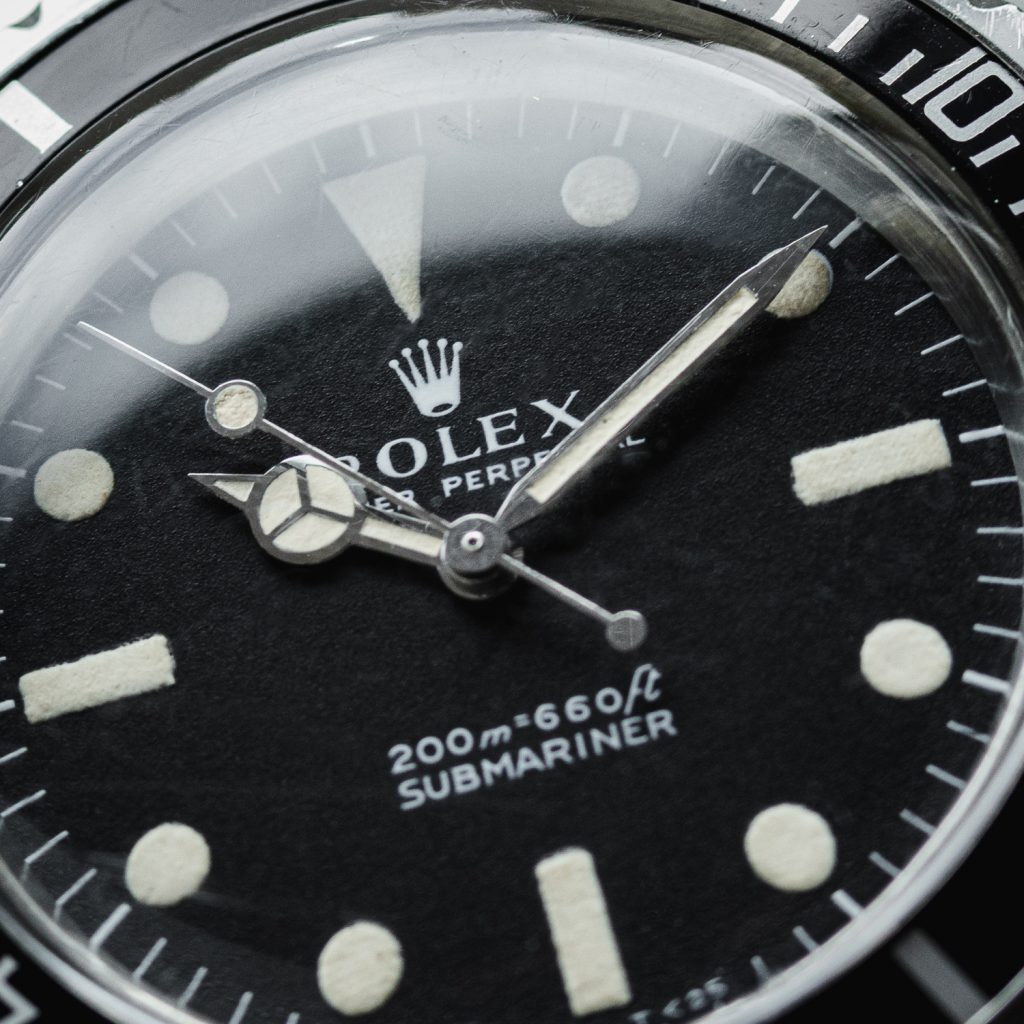
Rolex Submariner ‘Tritium Meters First’
Ref. 5513 (1969)

Rolex Submariner ‘Underline’
Ref. 5513 (1964)
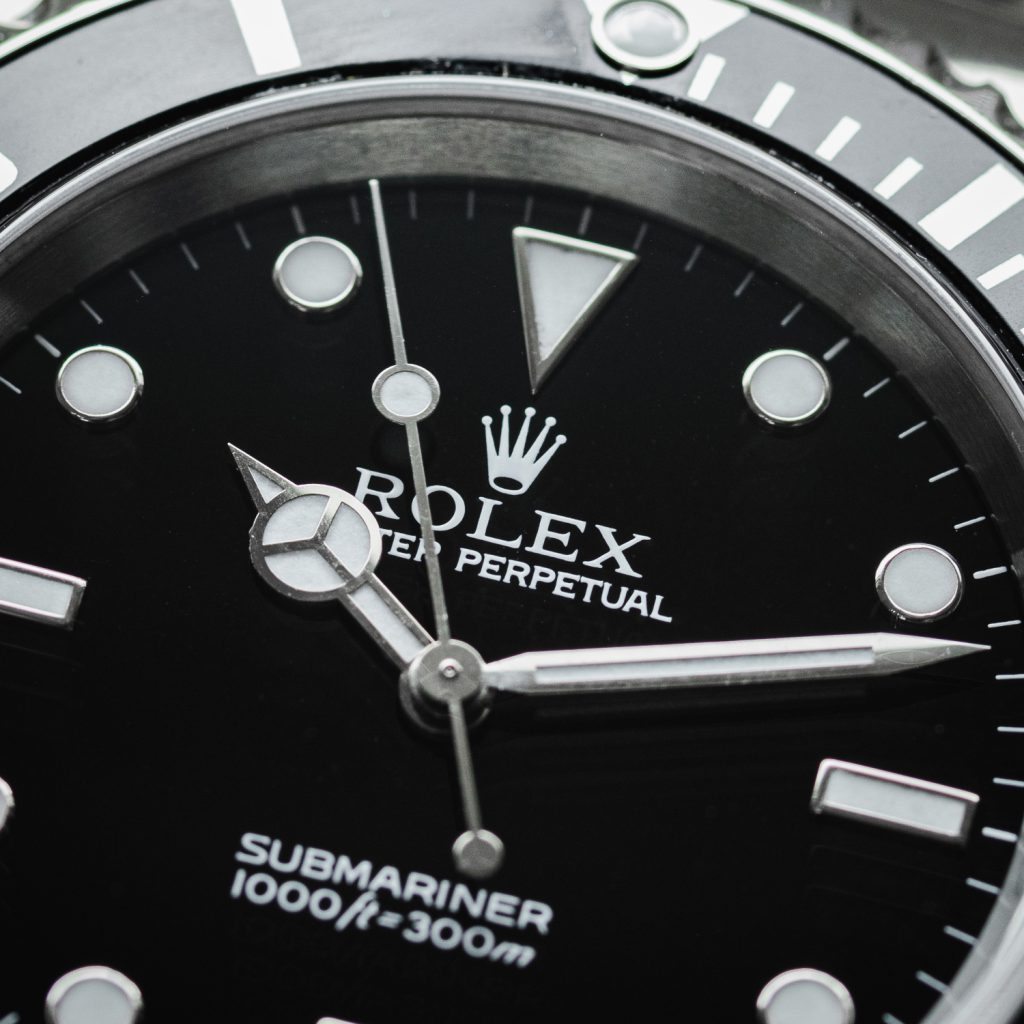
Rolex Submariner ‘No Date’
Ref. 14060 (2002)
Value retention
So why would you want a watch brand to be conservative? Well, if you combine strong branding with consistency and the third pillar Rolex is known for, limited supply, you get a watch that retains or even grows in its value.
For the average buyer, a Rolex is a pretty sure way to not lose too much money on your watch. For the smart buyer, it is even an investment asset. The brand focusses heavily on driving demand while at the same time capping its output. Although at around a million watches per year, Rolex is hardly a rare brand. Still, this means you will have to go on a waiting list for most desirable models when buying new. And it means vintage examples are highly coveted as well. Most models have seen a steady rise in value over the past decades.
Just to illustrate our point, a vintage 1601 Datejust has roughly doubled in price over the last five years. The same goes for a 5513 Submariner. Those are values that make wearing a watch quite a lot more enjoyable.
"And with the brand steadily increasing its prices. You always know that today is a better day to pull the trigger than tomorrow."
Arguably the best at “the daily watch”
Rolex is not the most impressive watchmaker when it comes to craftsmanship, Haute horology, or complications. It is blown out of the water by houses such as Patek Philippe and A. Lange & Söhne in that respect. But Rolex is amazing at the everyday watch, elevated to luxury standards.
If looked after, a Rolex will easily outlive its owner. Even if it is worn heavily, being beaten around every single day. A Rolex is super durable and when it does go wrong: reparable. This means you will enjoy it forever and one day pass it on. For us, as vintage dealers, Rolex is a joy because you just know no corners have been cut technically. They are no-fuss watches executed to perfection.
Due to Rolex’s conservatism, the watches never go out of style either. A Datejust has been considered contemporary and attractive for the better part of eight decades now! And, if you are sensitive to it, they have always come with a sense of status and accomplishment packed in.
This is why…
A Rolex is a technical marvel in a unique way. It is not impressive in features or the latest innovations. It is brilliant in its simplicity pushed to extreme standards. This means they are ready to toughen it out in the real world, outside of the safe or watch cabinet, on your wrist.
A Rolex is recognizable to all. It is probably the best-known watch brand in the world. It is hard to obtain, making it very desirable. This means it has almost become a currency. Wherever you are in the world, you can sell your Rolex in a heartbeat, potentially at a profit.
The unease some people feel around the brand is caused by the fact that a Rolex can be perceived as a status symbol. You might spot one on the wrist of some slick yuppie who doesn’t know a thing about watches. Just rest assured that for every slick showboat there is a watch lover drooling over the tiniest of historic or technical details. There is a true substance behind the shiny exterior.
So next time you are in Amsterdam, pay us a visit and try on a vintage Rolex. We are pretty sure you will fall in love…

